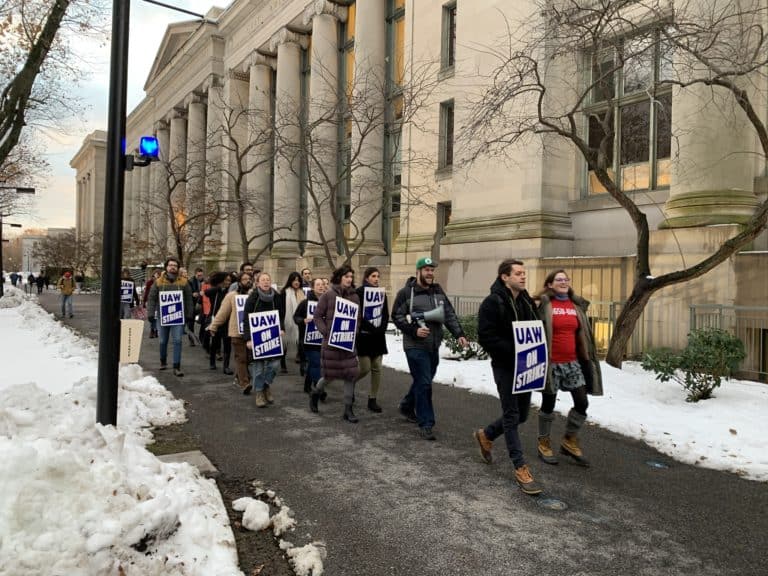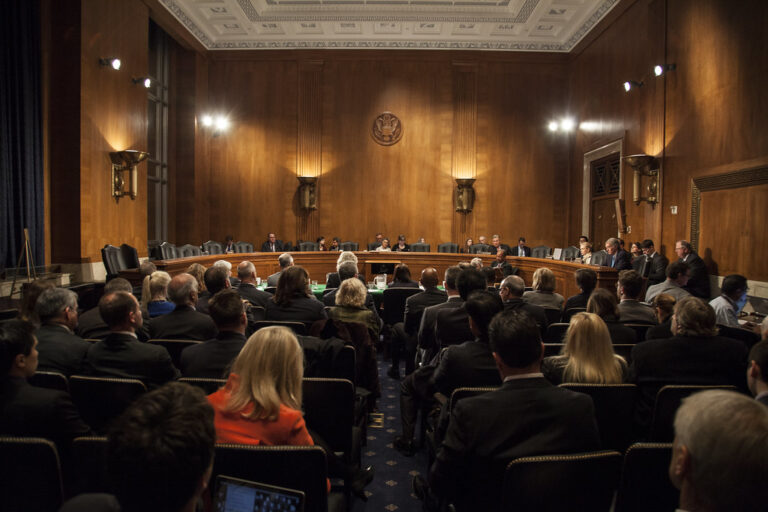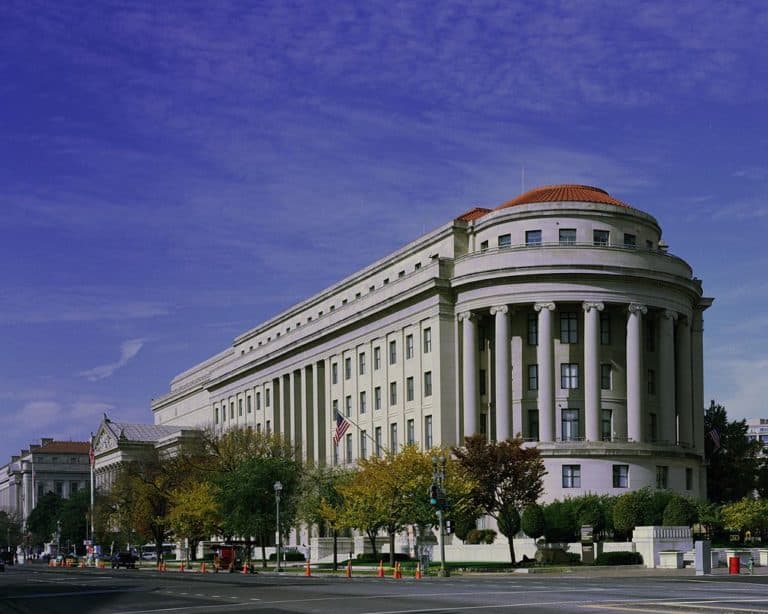The New York Times questions whether the labor movement will continue to have the kind of political impact on the election as it has in the past. With union membership down to just 11% of American workers (compared to 31% in 1960), the typically left-leaning movement struggles more and more to compete with Republican-leaning super PACs. There’s still evidence that union voters in 2012 made the difference for President Obama in key states such as Ohio and Wisconsin, but it’s unclear whether labor will make as big of an effort this year.
Also per the NYT, the Labor Department’s employment survey shows that the American workforce rose by 555,000 people in the month of February (bringing that number to 1.52 million for the past 3 months). While this is obviously moving in a positive direction, it’s unclear how much more the labor market can grow, especially in the long term. Also significant is that despite this substantial increase in the number of workers, average hourly earnings have remained low, rising a mere 2.2% over the last year. This rate “hardly suggests the kind of booming economy indicated by the low unemployment rate” — one explanation is that there’s a pool of “shadow workers” who are employable and open to accepting a job when the opportunity arises, but are not actively looking for work. The question in the coming months is whether participation will continue to increase absent stronger wage growth.
According to the Wall Street Journal, one demographic in particular has reason to be excited about the recently-released jobs report. By at least two metrics, millenials (age 25-34) seem to be faring better when it comes to employment than they have at any other time during the economic recovery. According to the survey, millenials gained 421,000 new jobs in February and enjoyed an employment-population ratio of 77.1% (the highest it’s been since November 2008). This may seem only natural since millenials are the largest and most educated generation in the U.S.; however, many have been swimming against the current thus far due to crippling student debt and an inability to obtain high-paying jobs.
Finally, this piece in the New York Times underlines some helpful tax tips for workers engaged in the gig economy.






Daily News & Commentary
Start your day with our roundup of the latest labor developments. See all
November 23
Workers at the Southeastern Pennsylvania Transportation Authority vote to authorize a strike; Washington State legislators consider a bill empowering public employees to bargain over workplace AI implementation; and University of California workers engage in a two-day strike.
November 21
The “Big Three” record labels make a deal with an AI music streaming startup; 30 stores join the now week-old Starbucks Workers United strike; and the Mine Safety and Health Administration draws scrutiny over a recent worker death.
November 20
Law professors file brief in Slaughter; New York appeals court hears arguments about blog post firing; Senate committee delays consideration of NLRB nominee.
November 19
A federal judge blocks the Trump administration’s efforts to cancel the collective bargaining rights of workers at the U.S. Agency for Global Media; Representative Jared Golden secures 218 signatures for a bill that would repeal a Trump administration executive order stripping federal workers of their collective bargaining rights; and Dallas residents sue the City of Dallas in hopes of declaring hundreds of ordinances that ban bias against LGBTQ+ individuals void.
November 18
A federal judge pressed DOJ lawyers to define “illegal” DEI programs; Peco Foods prevails in ERISA challenge over 401(k) forfeitures; D.C. court restores collective bargaining rights for Voice of America workers; Rep. Jared Golden secures House vote on restoring federal workers' union rights.
November 17
Justices receive petition to resolve FLSA circuit split, vaccine religious discrimination plaintiffs lose ground, and NJ sues Amazon over misclassification.